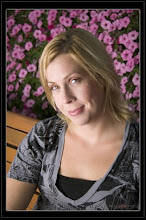The photographic triad. At the heart of these functions lies the light meter on your camera. A 'balanced' exposure needs to be appropriate for your subject matter.

This chart is a handy reference for times when you have to make quick, informed decisions with your settings.

A histogram is a chart that defines your exposure per pixel along a scale of grays. The wave shows you a pure vision of the exposure (no subject or meaning here- only pure technology- scientific facts). Too far to the right and you are overexposed; too far to the left and you have underexposure.

Shutter speeds.
These numbers represent fractions of seconds unless you see "- then you know you have reached full second exposures.
B stands for bulb- this is a timed exposure that you fully control.


Motion blur is devastating to a photograph. If you drop your shutter speed below 1/60 second, be sure to stabilize your camera! If you are anywhere around 1/30-1/20 you must think about using a tripod.
Blurry photos = ungood :)

Aperture- Fstop
The opening inside of the lens.
This controls the level of blur due to depth of field - SLR.





ISO- Film speed
The higher the film speed the higher the noise (digital) or grain (film).
Higher film speeds will react more quickly in low light but at the cost of noise.
By rule- use the lowest film speed necessary unless you are choosing noise as a stylistic element to your photo.
.jpg)









